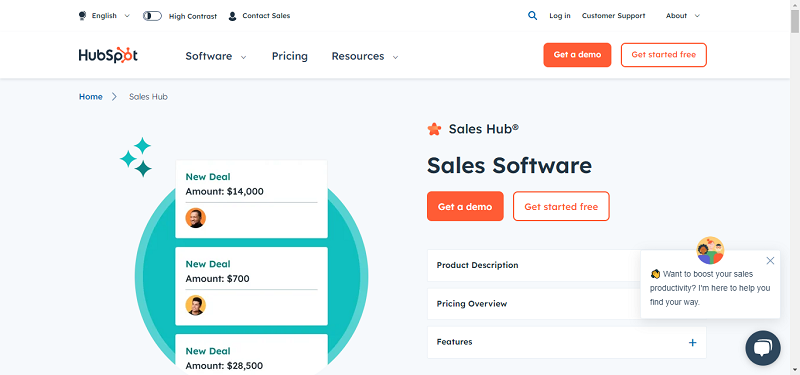If you’re a small or medium-sized business (SMB), you might be hoping keeping your head down and staying off the Cloud will keep your data safe from interlopers — hackers and government agencies alike. Yet Verizon Communications’ 2013 Data Breach Investigations Report found 72 percent of data breaches occurred in companies with fewer than 100 employees. As long as your business is above board, malware and phishers might be a bigger concern for you than the National Security Agency. Still, the privacy of your data is related to two C words: choice and control.
Depending on the needs of your business, public or private Cloud, on-premises, or a hybrid model might work best for you. Setting up a server room might be cost-prohibitive for a small business, while a healthcare company might have concerns about keeping their data security HIPAA-compliant. (Trends suggest many companies see the Cloud in their future. A 2012 survey from Vanson Bourne found 38 percent of businesses have already adapted Cloud computing, while another 29 percent have plans to do so.)
When choosing between Cloud, on-premises, and hybrid options, it’s important to keep the data security pyramid in mind. At the bottom, or least secure, would be running everything from your non-password-protected mobile device, while a tier-one cloud provider or On-Premises severs could be at the top, or most secure. But simply because a public Cloud might be a few layers up from the base, it doesn’t mean you and the vendor can’t work together to encrypt and protect your data.
Regardless of where your business decides to keep its data, it’s essential to opt for technology that lets you keep a measure of control. If you’re putting information on the Cloud, do you know where it’s physically stored? Can you pull it off whenever you want? Will you be holding the encryption keys to your data, or will they live in the provider’s Cloud? You’ll want to address these issues with your vendor. The Cloud is everywhere. You’re already in the Cloud.
Even if you’re not on the Cloud, strictly speaking, it doesn’t mean your data isn’t. Your own employees may be storing sensitive files in Dropbox or emailing them to their Google e-mail address so they can work from home. Perhaps their company e-mail is synced to their personal mobile devices. A recent poll from McAfee showed 45 percent of SMBs don’t secure data on employees’ personal devices.
It’s easy to feel insecure when some of the biggest companies in the world find themselves vulnerable to snooping. After a recent breach by the NSA, Google’s working to encrypt the traffic between its data centers. But the revelation serves as an important reminder to review or update your own security policies — and remind your employees why they’re so important. A survey from data security firm SafeNet, Inc. found that 59 percent of respondents would be unsurprised if their boss was violating company policy by using a file-sharing service such as Dropbox. Instead of shunning these convenient tools, Chief Information Officers (CIOs) or Chief Information Security Officers (CISOs) need to take a more realistic approach to protecting data by making sure these Cloud-based apps are used securely.
Ok, now what? Unless you’re planning on unplugging the router and going entirely on paper, it’s imperative to protect your data wherever it lives. The Cloud Security Alliance’s best practices is a useful guide. Its recommendations include evaluating which assets you feel comfortable transferring to the Cloud, identifying threats and how they would impact your business, and developing risk treatment plans.
But perhaps the best place to start is a refresher course for employees. Forrester research shows 36 percent of security breaches are caused by employees’ inadvertent misuse of data. Last year, businesses lost $1.5 billion in phishing attacks, according to a report by EMC Corp. Employees at all levels — online-rsa-fraud-report-012013 — are tricked into opening e-mails that appear to be from a colleague. From there, the recipient is asked to reset a password, click a harmful link, or even wire $100,000 into an account. Falling for such a scam can happen to just about anyone. (Just ask Coca-Cola exec Paul Etchells.)
Finally, in line with the desire for control and choice, make sure to grill your cloud software provider with questions like these.
You should have the power to control where your information ends up and choose who has access to it. The threat of spies or hackers shouldn’t send you screaming for the WiFi-less hills, but hopefully it will inspire you to tighten your security belt, no matter where it lies.
By Stijn Hendriks





